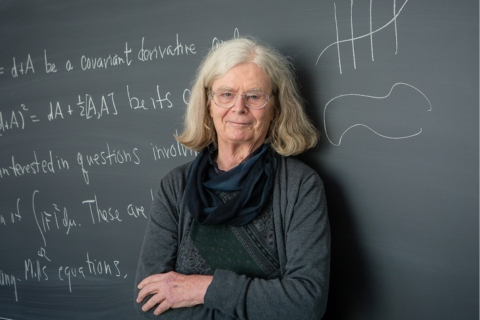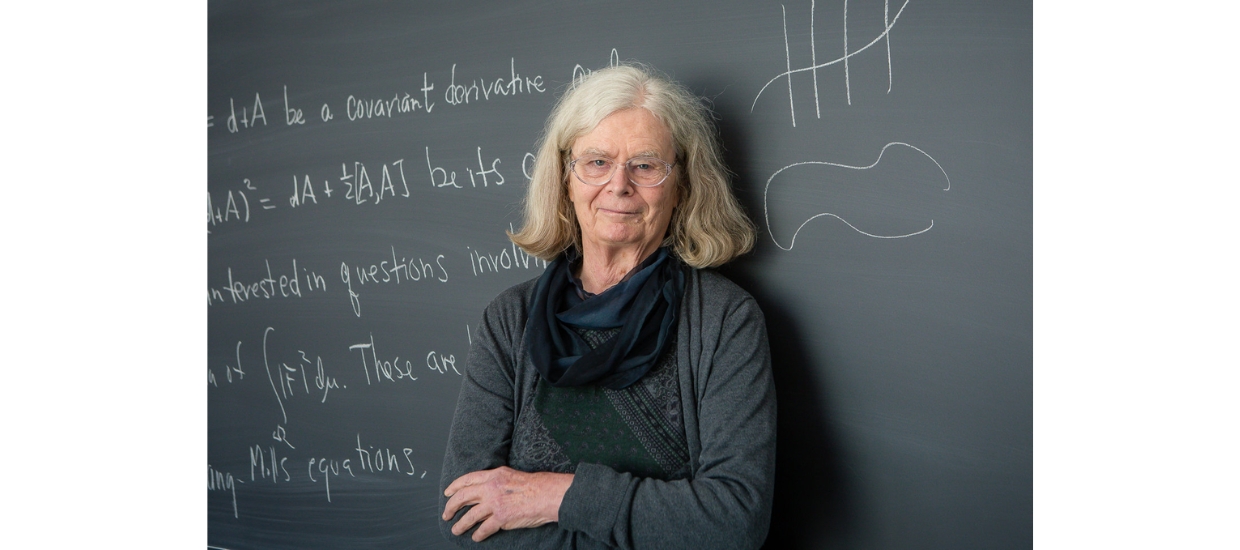Consortium Distinguished Lecture Series
Karen Uhlenbeck
Best Lipschitz Maps and Transverse Measures
Karen Uhlenbeck, Professor Emeritus, University of Texas at Austin
Tuesday, December 12 Video & Thursday, December 14, 2023, 3:00pm Video
Lakeside Village Auditorium
Abstract: In a preprint of 1996, Bill Thurston laid out a proposal for a Teichmuller space based on best Lipschitz maps between hyperbolic surfaces. He suggests that there should be an approach using the duality between measures and continuously differentiable functions. My collaborator George Daskalopoulos and I have been carrying out this approach.
Lecture 1 will start with a brief introduction to the problem of best Lipschitz extensions. This will be followed by a discussion of infinity harmonic maps u: M—->S1 which achieve the best Lipschitz constant in a given homotopy class of maps between M and S1. The method of construction mimics the well-studied subject of infinity harmonic functions via approximation by p harmonic maps from M to S1. A surprise is the natural appearance in the analysis of dual measures with support on the geodesic laminations on which the best Lipschitz constant is achieved. These correspond to the transverse measures of Thurston.
Lecture 2 introduces a scheme to find maps realizing the best Lipschitz constant for maps u:M—>N in a fixed homotopy class of maps between hyperbolic surfaces M and N. We use approximations based on Schatten-von Neumann norms, as p harmonic maps do not limit on best Lipschitz maps. Both Thurston and Gueritaud-Kassel show that the best Lipschitz map realizes its maximum Lipschitz constant on a canonical geodesic lamination. As in the S1 case, approximations to a transverse measure with values in a Lie algebra bundle arise from Noether’s theorem. The limiting transverse measures give a beautiful analytic description of infinitesimal earthquakes along the canonical laminations. This is a geometric realization of the theorem in geometric topology thatthe variation of length corresponds to an earthquake in Teichmuller theory.
POSTER





